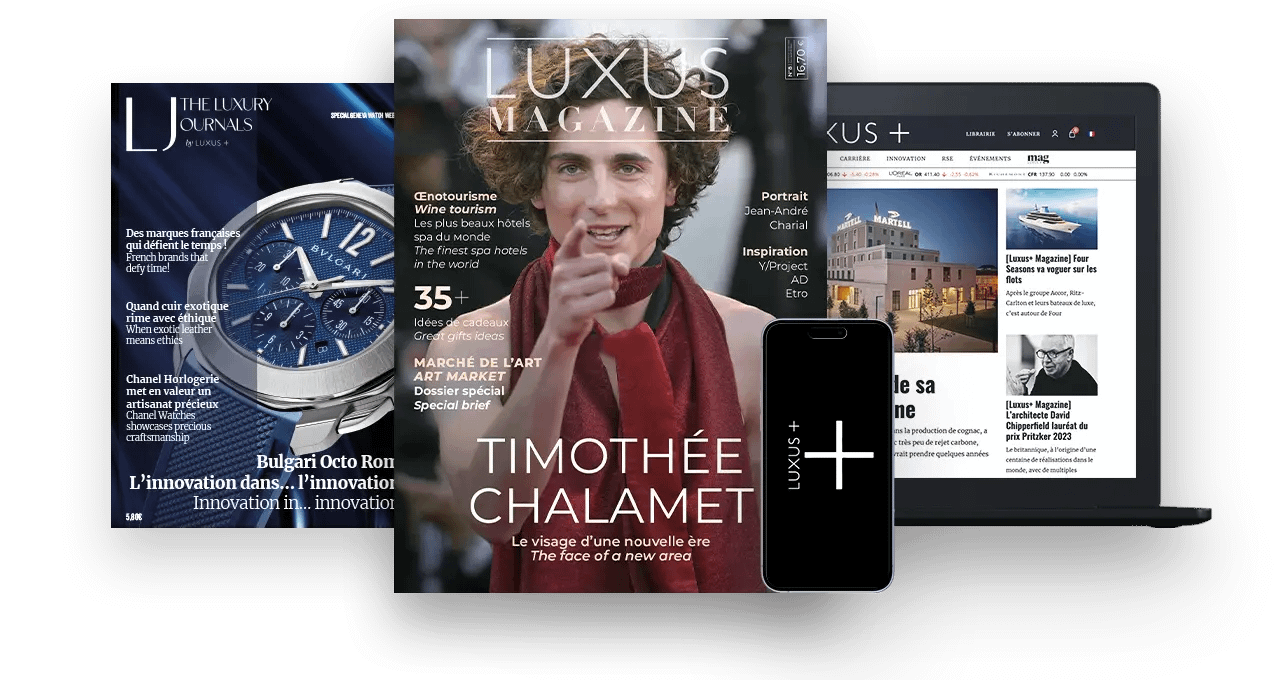Kim Jones leaves Fendi. While his style is still very much in vogue at Dior Men, in his four years at the helm he has not managed to stamp his style on Fendi’s women’s collections. Succeeding half a century of Karl Lagerfeld, the task seemed immense, and what’s more, out of his comfort zone, both street and masculine.
Four years and counting. The designer waltz continues: after an eventful summer and Hedi Slimane’s departure at Celine, replaced by Michael Rider, it‘s the turn of another LVMH Maison to part company with its artistic director.
On the evening of Friday, October 11, 2024,the House of Fendi announced the departure of its artistic director, the British Kim Jones. However, Jones will remain creative director of Dior Men’s collections, a position he has held since 2018.
The Roman fashion house has not yet announced the name of his successor.
“Anniversary”eve
Kim Jones will not be responsible for Fendi’s centenary collections, scheduled for 2025.
In a press release, the Roman fashion house, owned by LVMH since 2001, states soberly: “Kim Jones and Fendi today jointly announce that Kim Jones is stepping down as Artistic Director of the House’s women’s and couture collections”, adding “Mr. Jones will now concentrate fully on his role as Artistic Director of Dior Men”.
Fendi recalls Kim Jones’ contribution as head of artistic direction, noting “his modern and intercultural aesthetic”.
For his part, Bernard Arnault, CEO of the LVMH group, saluted in the press release “a great talent who has brought his singular and multicultural vision to Fendi over the last four years” . While thanking him for his contribution, he was delighted “to see his creativity continue to express itself at Dior Men”.
Second artistic director in Fendi history
In September 2020, the 51-year-old British designer took over the reins following the death of Karl Lagerfeld. In 54 years of collaboration (an all-time record for the smoked-glass designer), the late Kaiser of fashion had left his mark on the women’s collections of the Roman fashion house, founded in 1925 by Adele and Edoardo Fendi.
Called in to relaunch Fendi as early as 1964 – long before his work at Chanel – Karl Lagerfeld succeeded in transforming this declining family business, a specialist in furs and leather goods, into a brand in tune with the times.
Under his leadership, the brand’s logo was revamped with a double F, evoking both “Fun Fur” (faux fur in French) and, more prosaically, “la fourrure amusante” (fun fur).
The name reflects the polymath’s light-hearted approach to modernizing the silhouette, lightening skins and dispensing with heavy linings. Fur is treated like velvet or tweed.
Under Karl’s impetus, the House broke away from its core business and launched its first ready-to-wear collection in 1977. Silvia Venturini Fendi, heiress to the founding family, worked with her co-director on the Baguette bag, the first it-bag in fashion history (1997).
For his part, Kim Jones, the king of streetwear collaborations (the Louis Vuitton x Supreme trunks in 2017, that was him) had the onerous task of taking over the women’s collections, with Silvia Venturini Fendi retaining direction of the men’s collections.
With seven years’ experience at Louis Vuitton and now six at Dior Homme, Kim Jones tried to shake up the women’s collections by infusing them with his streetwear spirit.
He was behind collaborations with renowned designers Marc Jacob and Donatella Versace. The latter, called Fendace, was a “bootleg”, a contraction of the two Italian brands, which were reflected in both the name and the motifs of the capsule collection.
Kim Jones’ departure from Fendi comes at a time of economic slowdown in the luxury goods sector. The situation has prompted a number of brands to restructure, reorganize their teams – both artistic and management – and diversify their activities.
Read also > Celine: Hedi Slimane leaves, Michael Rider arrives
Featured Photo: © Fendi







































